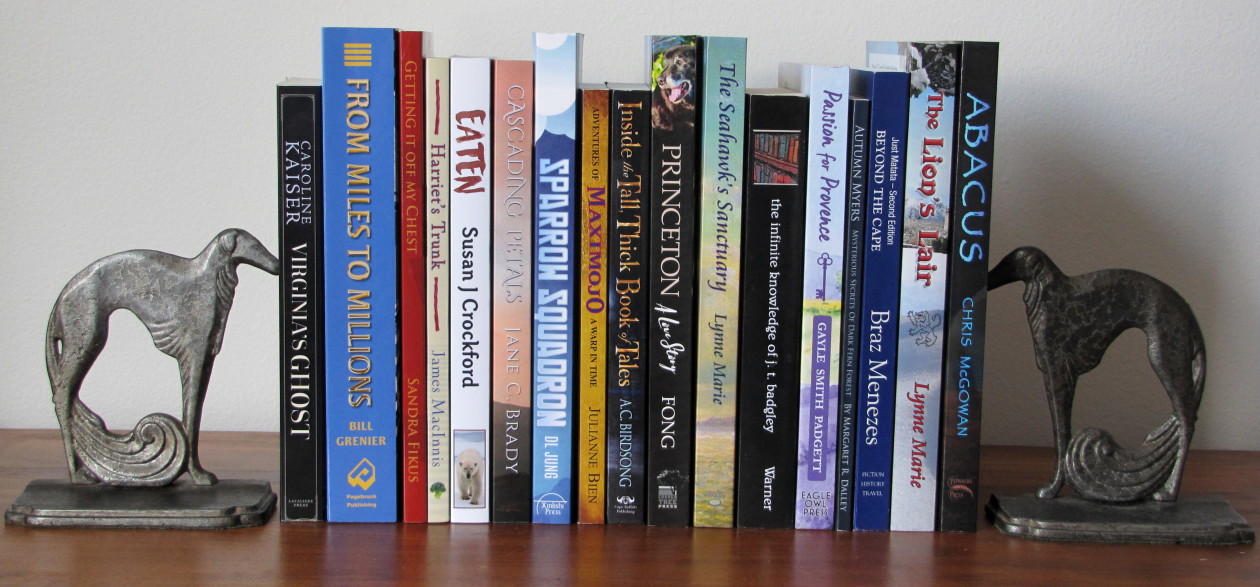Earlier this year, one of my young clients asked, “If my manuscript isn’t perfect, do I get a rebate?” I’ve been editing for twelve years, and this was a first. He’d found what he thought were two errors in a short story I’d edited, but only one of them qualified as a legitimate error. What he didn’t seem to appreciate all that much was the fact that I’d caught hundreds of errors. And like any good editor should, I’d also tightened up, smoothed out, and clarified his writing. He had a limited budget, so I’d done exactly one pass (or round) of editing–a pass for me being an intensive edit, followed by another read-through in which I do more editing. I explained to him that one pass doesn’t guarantee perfection. Most traditionally published books, I said, go through multiple editing passes and proofreading, and even then, an error or two might still slip through. So no rebate was going to happen.
This theme of perfection cropped up again in November, when I gave a workshop to a group of writers at the Toronto Reference Library. I covered the process of hiring and working with a freelance editor. One thing I mentioned was not expecting editing perfection, especially after only one pass, which is often all my self-publishing clients can afford. My workshop included a handout, and later I received an email from a participant saying that he’d found a mistake in it, and that because of this one tiny error, he’d be very hesitant to hire me and would wonder what else I didn’t know. In my reply, I acknowledged that I had indeed made a mistake and added that I’d never made any claims to be perfect, and he won’t find an editor who is. I’d also been wearing my writer’s hat when I put together the handout and, as every editor knows, even editors need to be edited.
As editors, all we can do is our very best. And we do try very hard. We tend to be perfectionists, which is why we are doing the sort of work we do in the first place, and we truly feel bad, often embarrassed, when someone points out something we’ve missed. Clients have very high expectations of us, as they ought to, but some degree of error is inevitable simply because we’re human beings and not robots. We have off days, or we get tired, stressed, or ill. An error rate of 5 percent in an editing pass is not unreasonable, which is why, if the client can afford it, the manuscript should go through more than one editing pass and ideally be proofread by a second editor. It’s all too easy for anyone, including editors, to go word blind after having read a manuscript several times, which is why a second pair of editorial eyes for the proofreading phase is recommended.
Unfortunately, some people delight in catching others out, clearly enjoying the “Gotcha!” moment. But the editing process should never degenerate into a smug dance of one-upmanship. When the writer respects the expertise the editor brings to the table and the editor respects the story the writer is trying to tell, then this sort of game doesn’t happen. Instead, editing becomes a wonderfully collaborative process, with both parties feeding off each other’s suggestions as they work toward their mutual goal: improving the quality of the manuscript. Tact needs to be employed along the way so that no one ever winds up feeling stupid or careless. And appreciation of each other’s contributions to the process is critical to making the experience a positive one for both the writer and editor. Yes, the odd error can creep in or stubbornly stick despite everything editors do to prevent such mishaps, but ultimately mistakes are best prevented by doing more rounds of editing.

 Follow
Follow
Thank you! This was a dose of much needed validation.